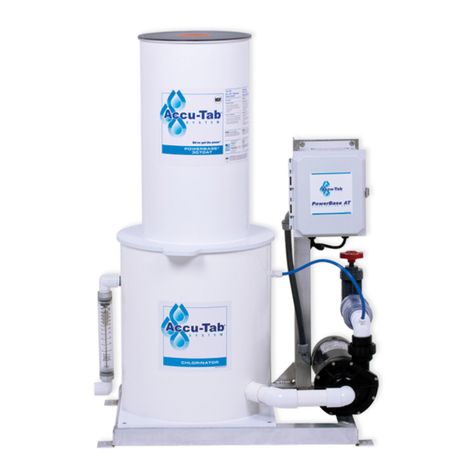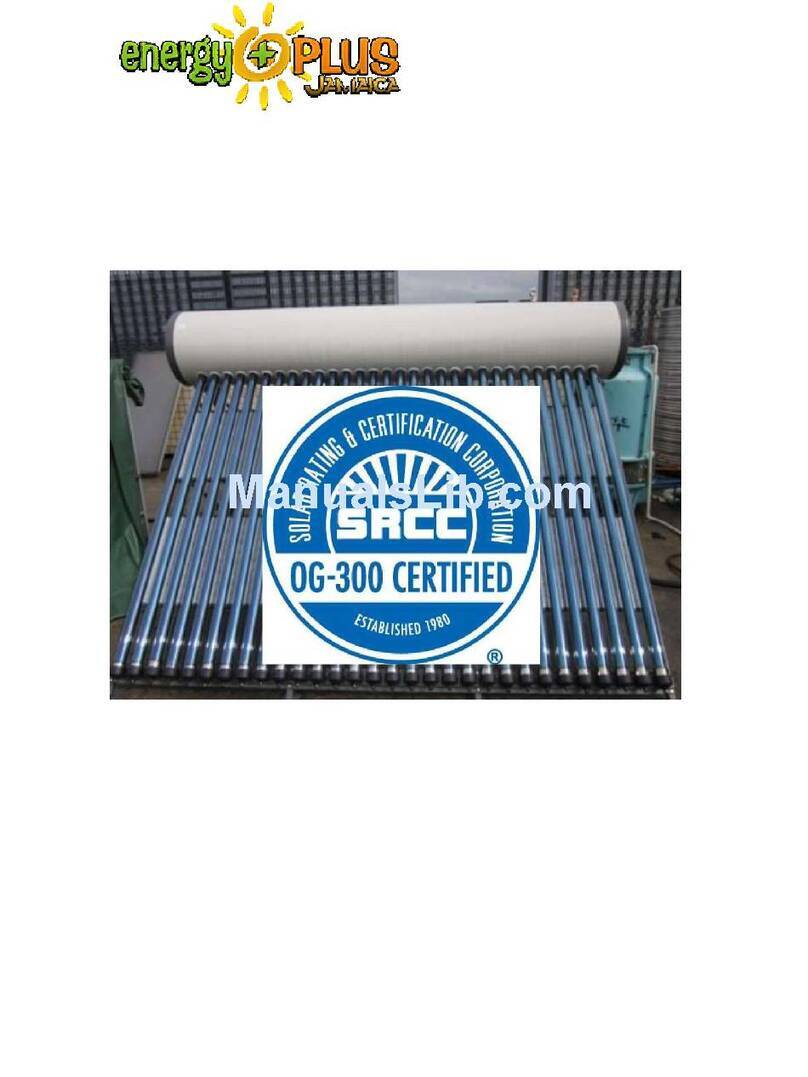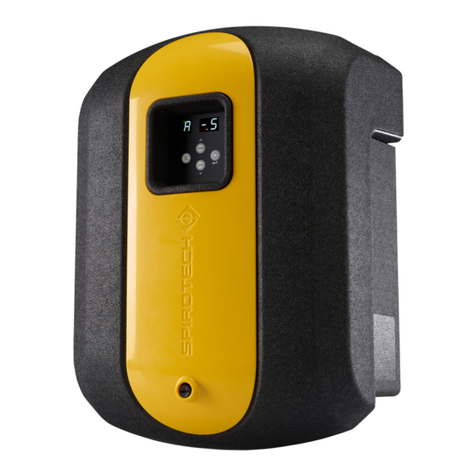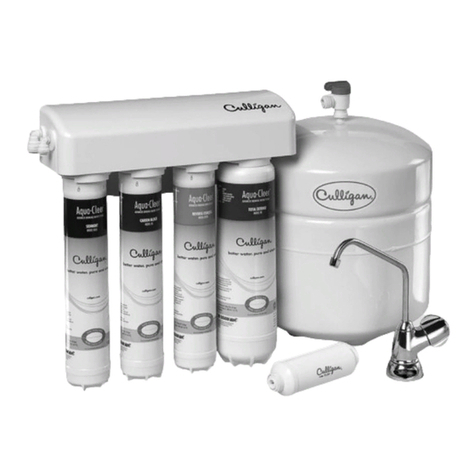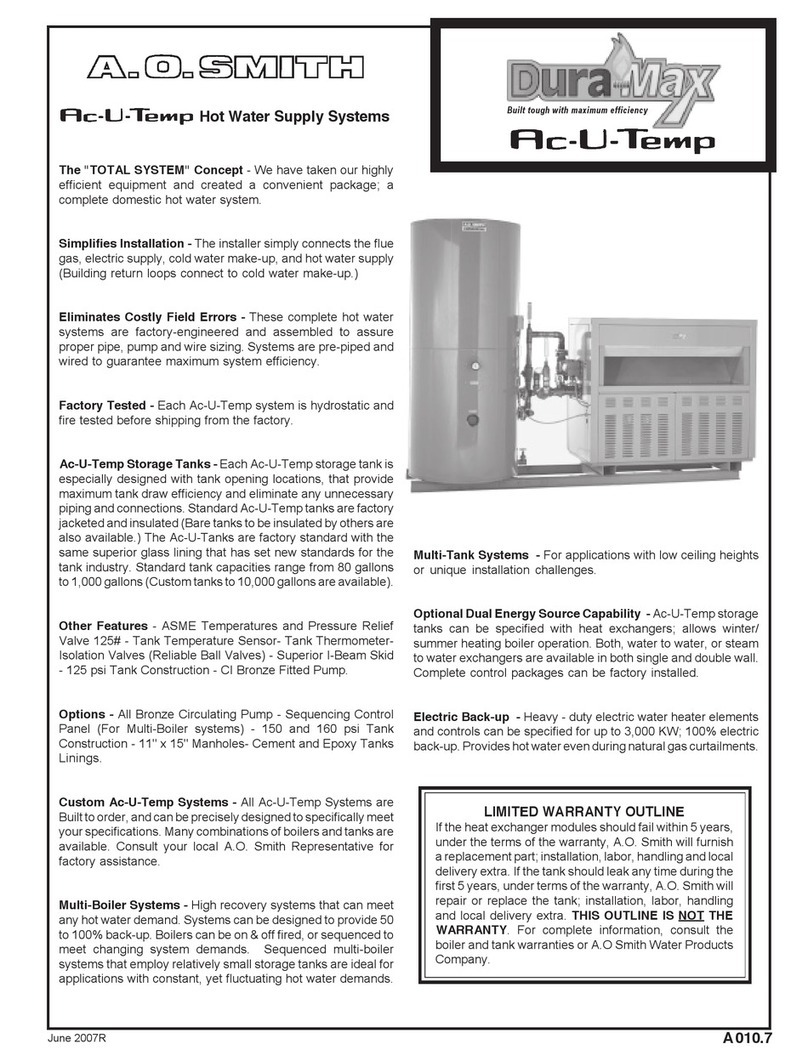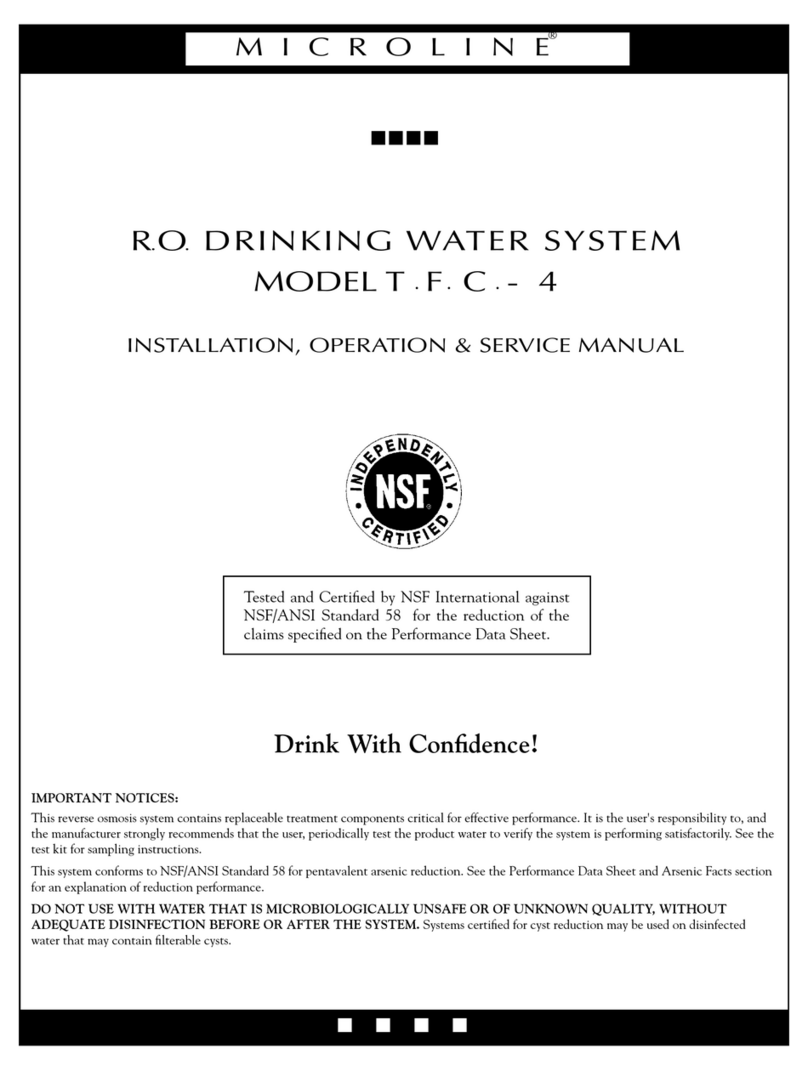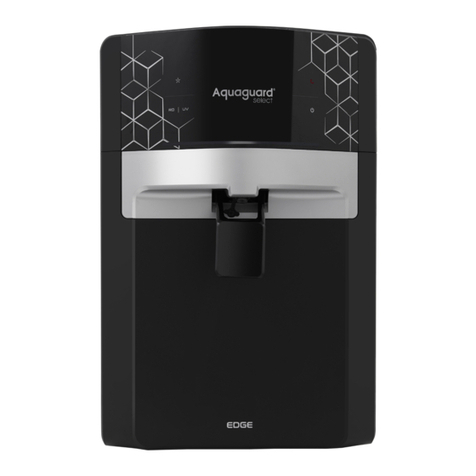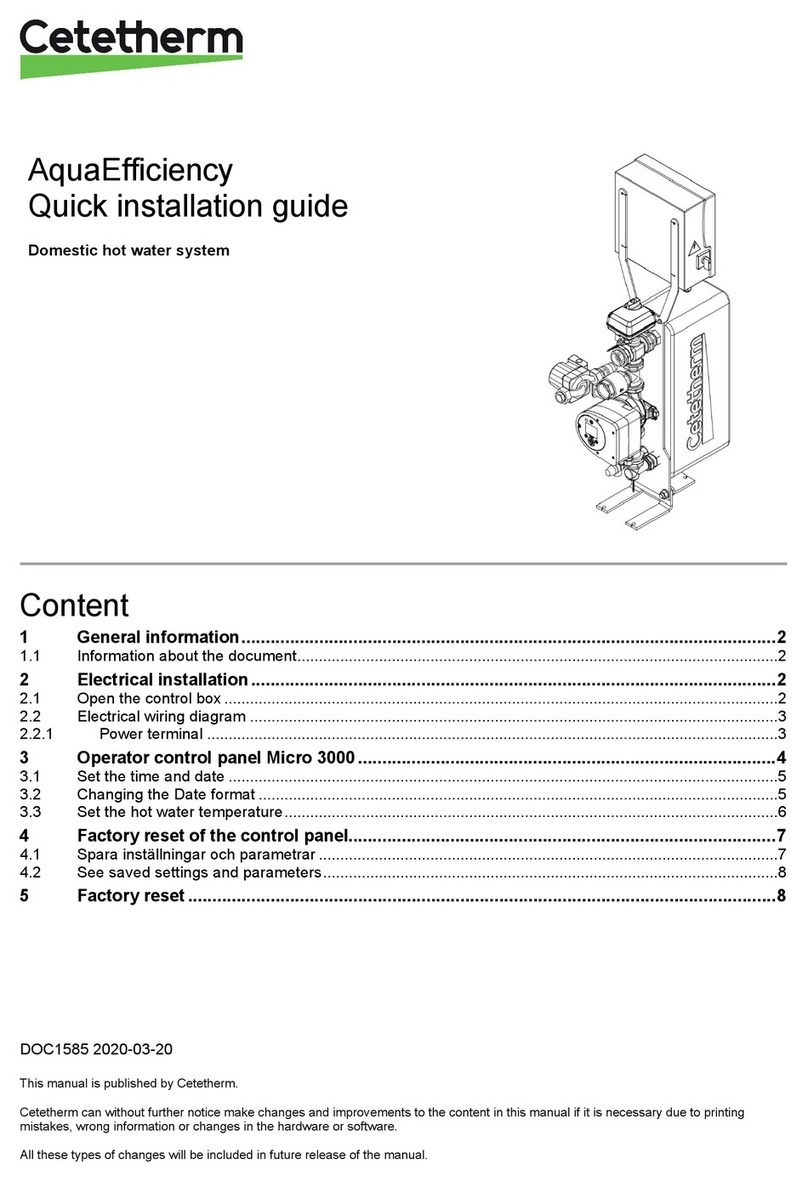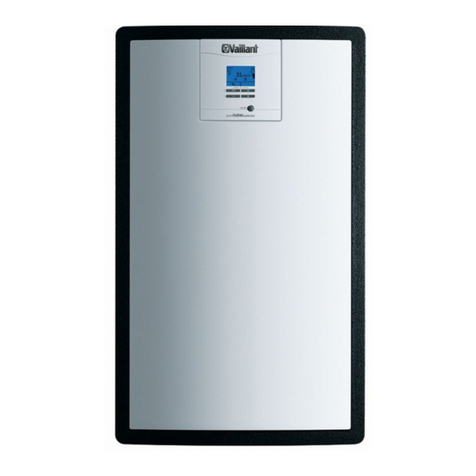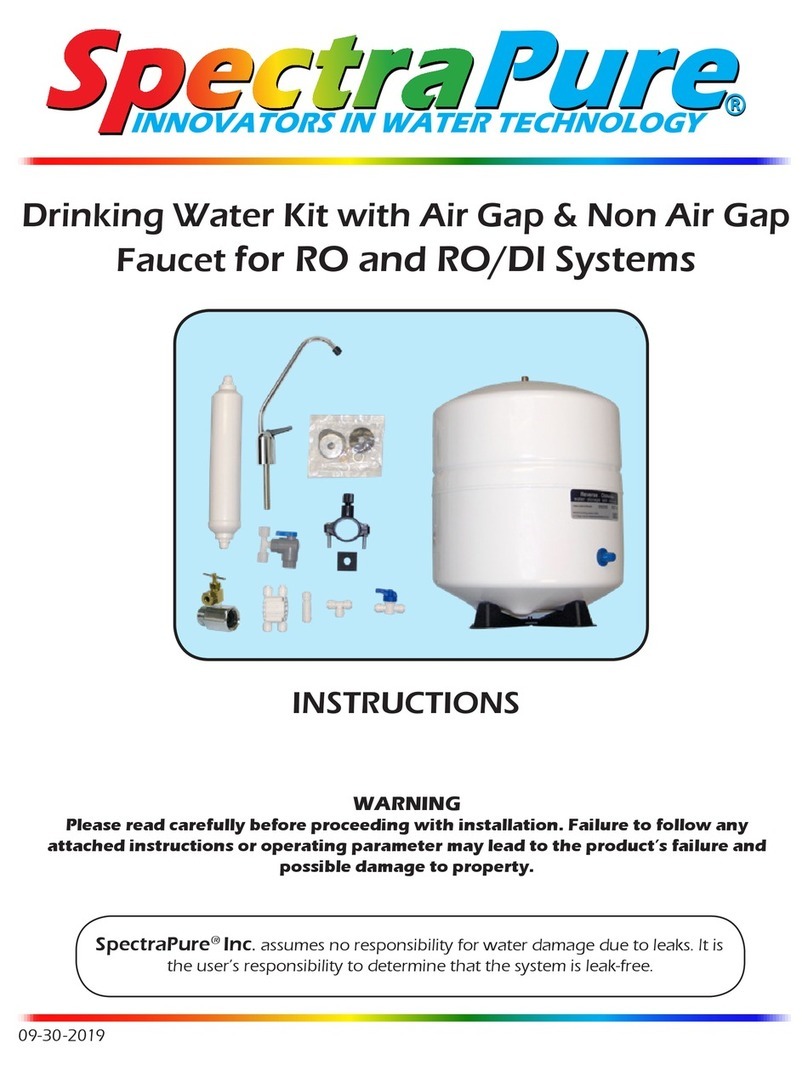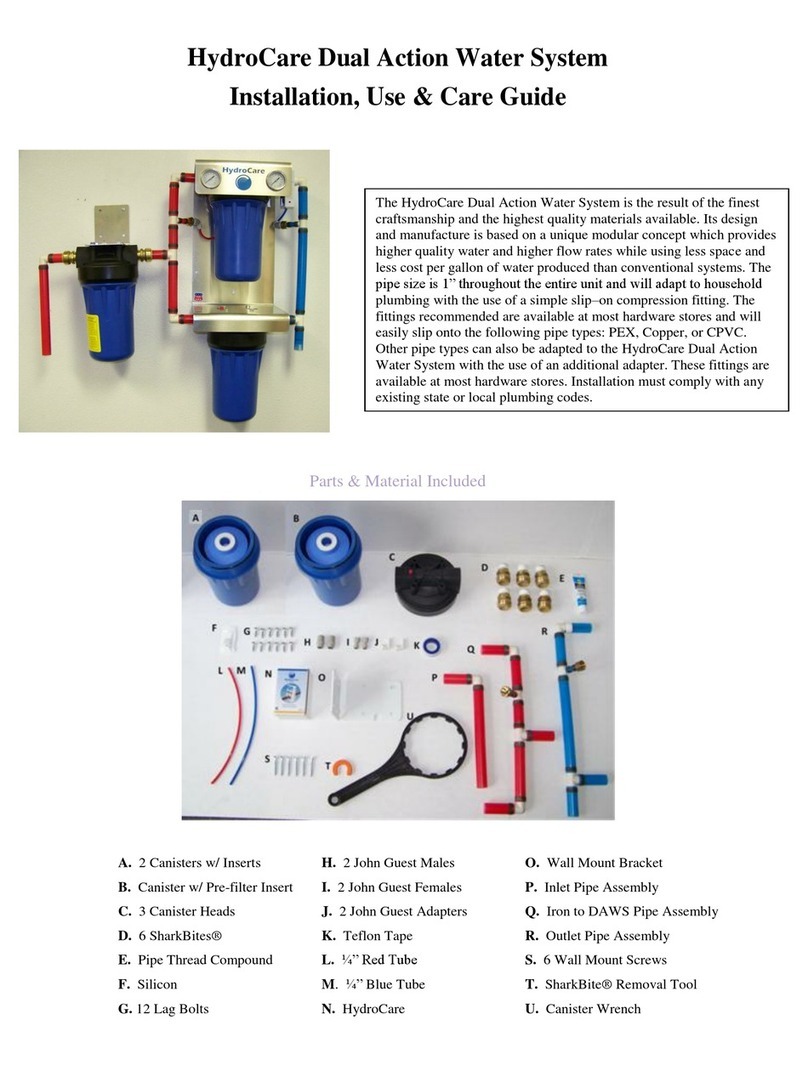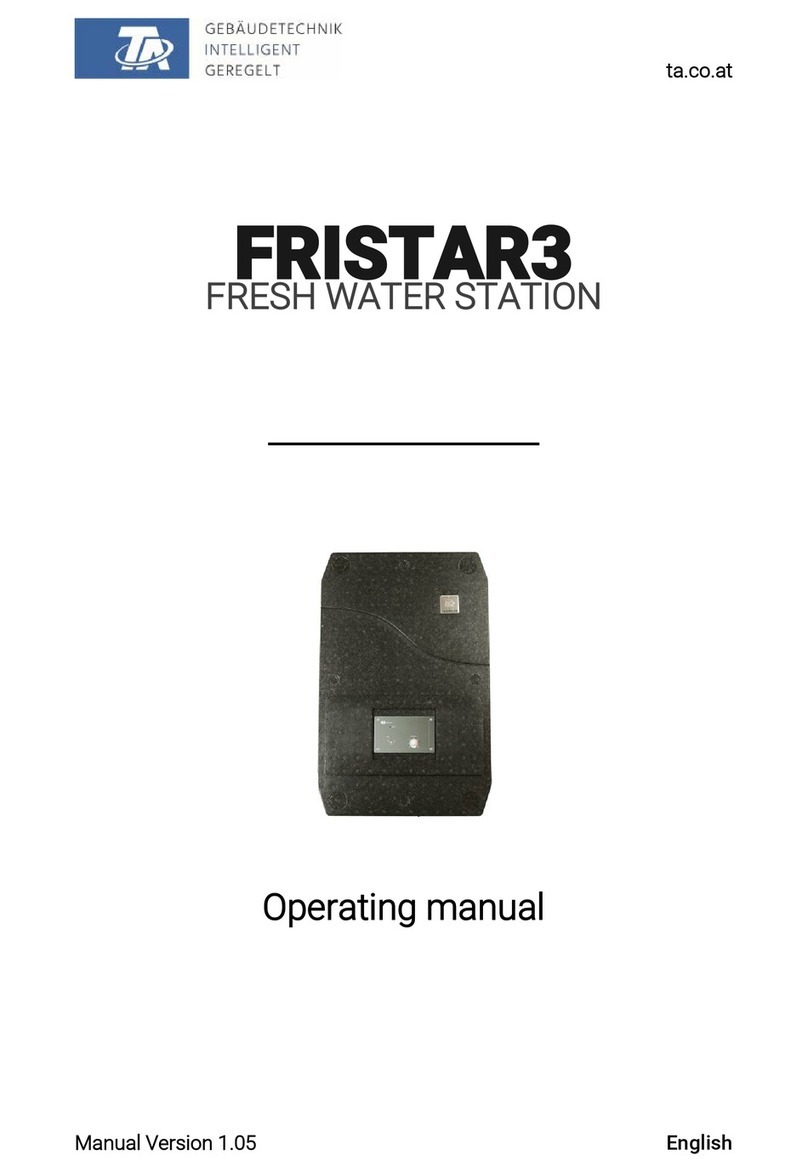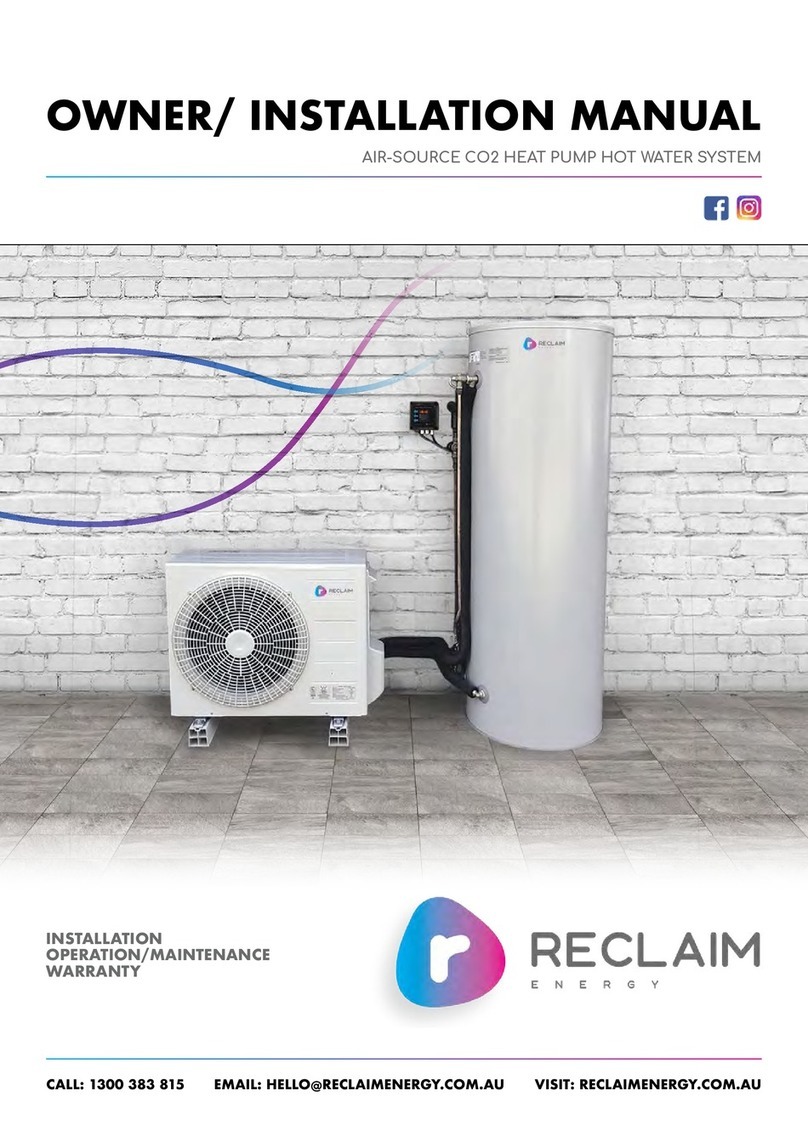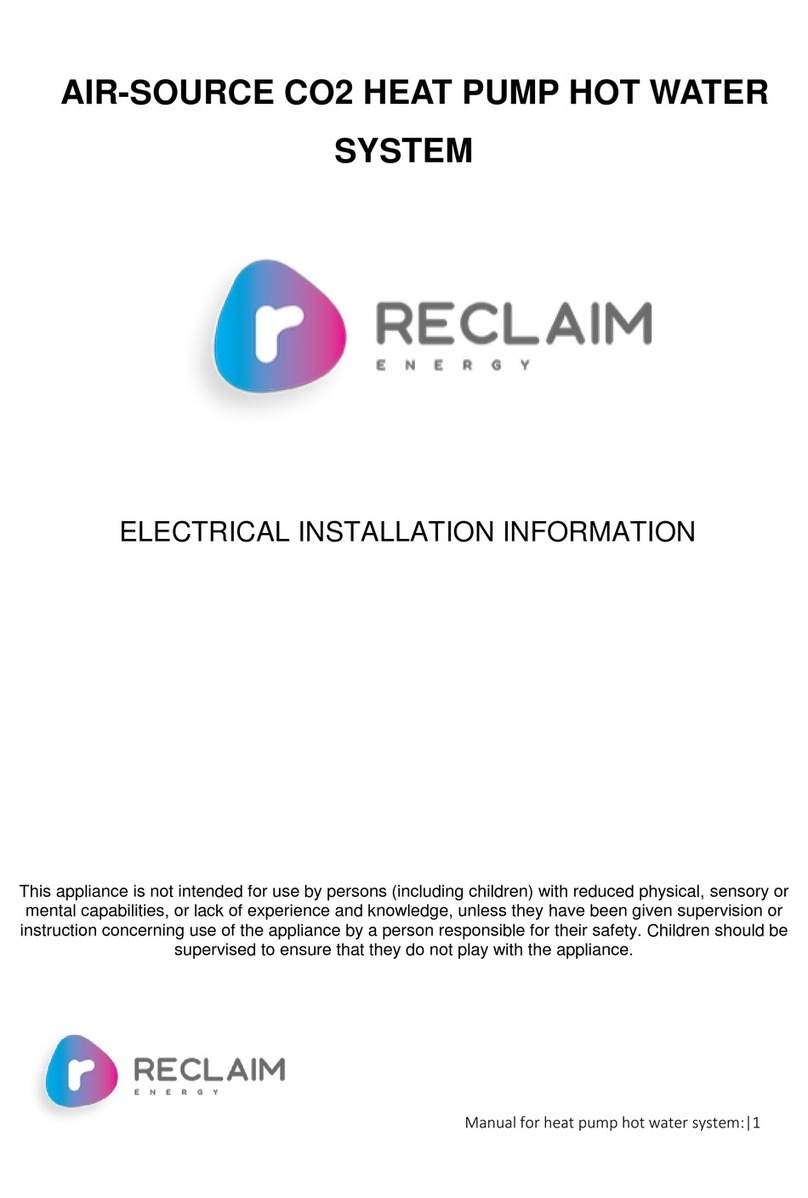
Dec 2011 V1.1
Reclaim Equipment Company ______________________ __________________________________ Information Manual
1.0 Introduction
The Rainmaker 125 is a water recovery system. It is designed to filter water captured in a holding tank and
pump it to a storage tank. The water in the storage tank is then continually treated by an ozone recirculation
system.
The Rainmaker 125 w/Self Cleaning Filter (SCF) consists of two (2) independent pumping systems:
The Primary Filtration System
The Ozone Re-Circulation System
The Primary Filtration System consists of a high volume process pump, with an associated filtration array
designed for maximum water quality while providing a high volume of wash water to be reused in the wash bay.
The system is designed to receive waste water collected from the holding tank system and to process this water
to remove particulate matter, oils, road film, and waxes which cause deterioration in overall recovered water
quality. The self cleaning filter operates automatically with a 10-15 second flush cycle.
The Ozone Recirculation System operates independently of the filtration system on a continuous basis to treat
all water held in the storage tank system. The re-circulation system utilizes an injector system which provides a
high transfer rate of ozone to stored water. The powerful ozone re-circulation system de-emulsifies waxes and
acts as an oxidizing agent to kill bacteria and algae by limiting organic build-up, which is commonly associated
with the odors found in reclaimed water.
Within the Ozone Recirculation System is an Oxygen Concentrator. It is used to increase the ozone output of
the water recovery system. Air contains 21% oxygen, 78% nitrogen, and 1% other gases. The Oxygen
Concentrator utilizes a Pressure Swing Adsorption process which extracts nitrogen and increases the oxygen
purity in ambient air to levels exceeding 90%. This processed oxygen enriched air is fed directly to the ozone
generator system increasing the amount of ozone processed since more oxygen is available to the ozone
generator to convert to ozone.
Also included is an automated on/off Ballast Pressure Control mechanism. It is activated by a pressure drop to
the wash equipment supply line. The system control parameters are adjustable with a factory set to activate the
system ON at 40 PSI and turn Off at 60 PSI. This control is used to cycle on setting pressure demand. Common
applications include Self Service car Washes and Tunnel car Washes requiring constant pressure.
Figure 1: Rainmaker 125 w/Self Cleaning Filter System Overview
